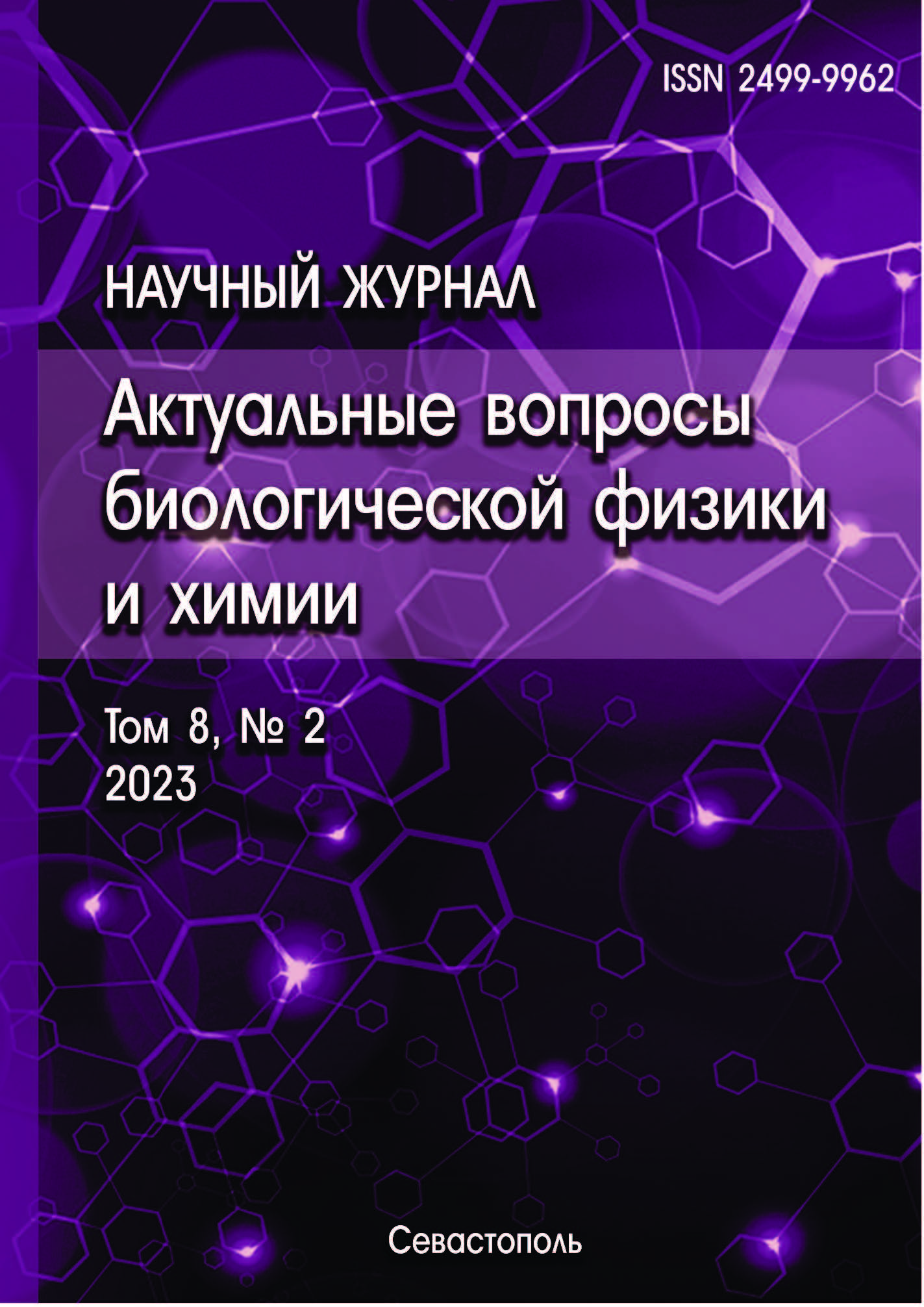Moscow, Moscow, Russian Federation
Moscow, Moscow, Russian Federation
Moscow, Moscow, Russian Federation
Moscow, Moscow, Russian Federation
In recent years, there has been a significant increase in the number of diseases associated with impaired functioning of the immune system in the world. One of the main reasons for this can be considered environmental pollution by endocrine disruptors. The most common disruptor on the planet is DDT. Its ubiquitous content in food, water and soil is noted, which makes the study of the effect of its background doses on the body extremely relevant. Systemic consumption of low doses of the disruptor DDT leads to significant changes in the structural and functional characteristics of the rat thymus, which are manifested by increased death of lymphocytes and reticuloepitheliocytes, in the mechanisms of death of which the p53-dependent pathway of apoptosis is involved, as well as a decrease in the proliferative activity of thymocytes, i.e., it is capable of having an immunotoxic effect on the body. These data show that the maximum permissible levels of DDT in food are not safe for the body's immune system.
disruptor, DDT, thymus, apoptosis, proliferation, immune system
1. Timokhina E.P., Yaglov V.V., Nazimova S.V. Dichlorodiphenyltrichloroethane and the Adrenal Gland: From Toxicity to Endocrine Disruption. Toxics, 2021, vol. 9, no. 10, p. 243, doi:https://doi.org/10.3390/toxics9100243. EDN: https://elibrary.ru/DRTDXQ
2. Gore A.C., Chappell V.A., Fenton S.E., Flaws J.A., Nadal A. et al. EDC-2, The Endocrine Society’s Second. Scientific Statement on Endocrine-Disrupting Chemicals. Endocr. Rev., 2015, vol. 36, pp. E1-E150, doi:https://doi.org/10.1210/er.2015-1010. EDN: https://elibrary.ru/WSUXMT
3. World Health Organization. 2006. Preventing disease through healthy environments - towards an estimate of the environmental burden of disease. Geneva: World Health Organization.
4. Bouwman H., Becker P.J., Cooppan R.M., Reinecke A.J. Transfer of DDT used in malaria control to infants via breast milk. Bull. World Health Organ., 1992, vol. 70, pp. 241-250.
5. Salone L.R., Vann W.F., Dee D.L. Breastfeeding: an overview of oral and general health benefits. J. Am. Dent. Assoc., 2013, vol. 144, pp. 143-151. DOI: https://doi.org/10.14219/jada.archive.2013.0093; EDN: https://elibrary.ru/YDJKLR
6. Technical Regulations of the Customs Union TR CU 021/2011 "On food safety". St. Petersburg: GIORD, 2015, 176 p. (In Russ.).
7. Yarilin A.A. Age-related changes in thymus and T-lymphocytes. Immunology, 2003, no. 2, pp. 117-127 (In Russ.). EDN: https://elibrary.ru/OJQPVT
8. Udoji F. et al. Immunosuppressive effects of triclosan, nonylphenol, and DDT on human natural killer cells in vitro. J. Immunotoxicol., 2010, vol. 7, no. 3, pp. 205-212.










